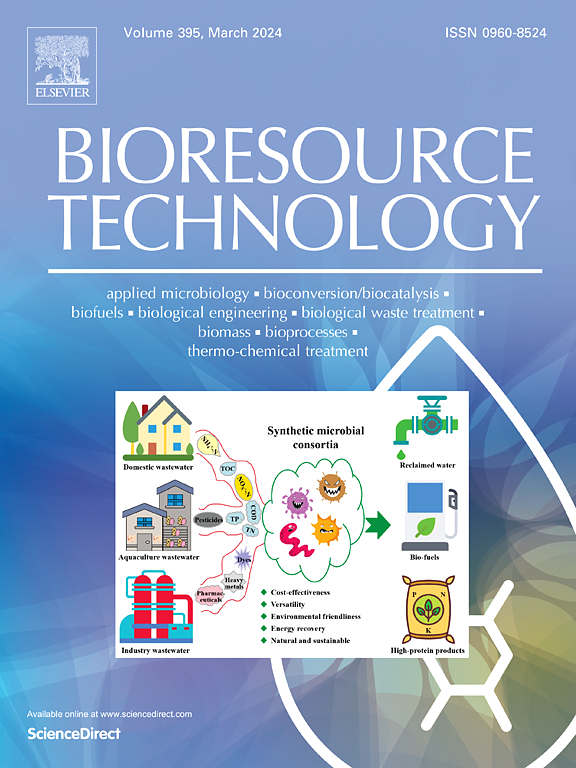Biochar mediated differential regulation of oxidative stress and energy supply in Bacillus subtilis and Rhizoctonia solani
IF 9.7
1区 环境科学与生态学
Q1 AGRICULTURAL ENGINEERING
引用次数: 0
Abstract
Biochar (BC) significantly influences microbial metabolism, but its contrasting effects on different microorganisms remain unclear. This research explores the distinct regulatory mechanisms of BC on B. subtilis and R. solani. BC, consisting of micro-BC and nano-BC, generates reactive oxygen species (ROS), causing oxidative stress. Nano-BC can penetrate cells, leading to damage. In B. subtilis, BC initially inhibits growth, triggering endospore formation to expel nano-BC. B. subtilis secreted extracellular polymeric substances (EPS), which aggregated nano-BC, enhanced cell adhesion, and reduced intracellular ROS (from 2.0 to 1.5-fold), promoting growth later with BC’s nutrient support. Conversely, R. solani cannot block nano-BC entry, activating mitophagy and suppressing genes like ATP1,2 involved in oxidative phosphorylation and tricarboxylic acid cycle. This results in ATP deficiency, collapses antioxidant system, raises ROS (from 3.9 to 4.5-fold), decreases cell survival, and leads to cell death. These findings highlight BC’s selective microbial regulation and its potential for safe agricultural and environmental use.

求助全文
约1分钟内获得全文
求助全文
来源期刊

Bioresource Technology
工程技术-能源与燃料
CiteScore
20.80
自引率
19.30%
发文量
2013
审稿时长
12 days
期刊介绍:
Bioresource Technology publishes original articles, review articles, case studies, and short communications covering the fundamentals, applications, and management of bioresource technology. The journal seeks to advance and disseminate knowledge across various areas related to biomass, biological waste treatment, bioenergy, biotransformations, bioresource systems analysis, and associated conversion or production technologies.
Topics include:
• Biofuels: liquid and gaseous biofuels production, modeling and economics
• Bioprocesses and bioproducts: biocatalysis and fermentations
• Biomass and feedstocks utilization: bioconversion of agro-industrial residues
• Environmental protection: biological waste treatment
• Thermochemical conversion of biomass: combustion, pyrolysis, gasification, catalysis.
 求助内容:
求助内容: 应助结果提醒方式:
应助结果提醒方式:


